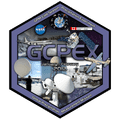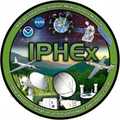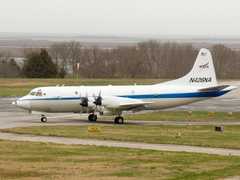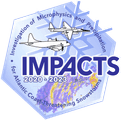The High Volume Precipitation Spectrometer (HVPS) is an in situ airborne particle imager manufactured by SPEC Inc. It uses a 128-photodiode array to capture images of precipitation particles. These images can be used to determine the particles' shape, size, and concentration. HVPS-3 has a pixel resolution of 150 μm and a maximum field of view of 1.92 cm.

Instrument Details
- Spectrometer/Radiometer
- Earth Science > Atmosphere > Clouds > Cloud Microphysics > Particle Size DistributionEarth Science > Atmosphere > Clouds > Cloud Microphysics > Cloud Droplet Concentration/sizeEarth Science > Atmosphere > Clouds > Cloud MicrophysicsEarth Science > Atmosphere > Clouds
- Troposphere
- N/A
- 150 μm
- N/A
- Currently unavailble
Sarah Woods, Paul Lawson
Paul Lawson
SPEC
Currently unavailable
Currently unavailable
- Global Hydrology Resource Center DAAC (GHRC)
data center outside NASA
Filter data products from this instrument by specific campaigns, platforms, or formats.
CAMPAIGNS
PLATFORMS
FORMATS






















